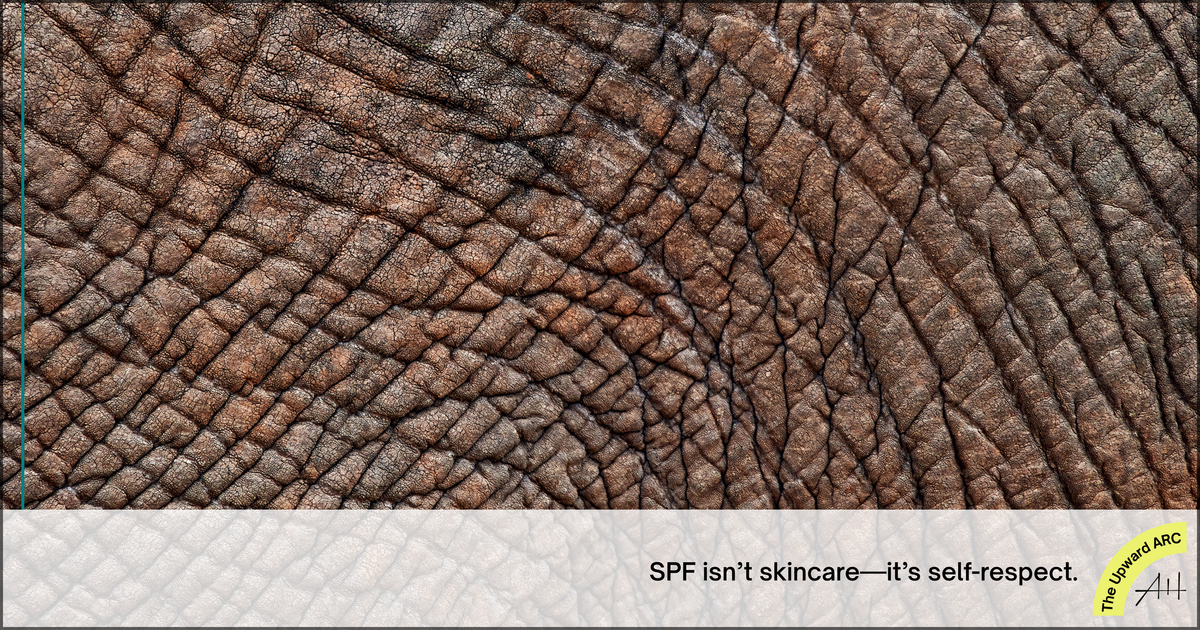Skin in the Game
I used to treat skincare like an afterthought; until my face reminded me otherwise. Turns out, aging shows up in the mirror and your immune system. Skincare is health. Start with cleansing, moisturizing, sunscreen. Add science, not hype. Your future face will thank you.

This post is for members only
Already have an account? Sign in.
